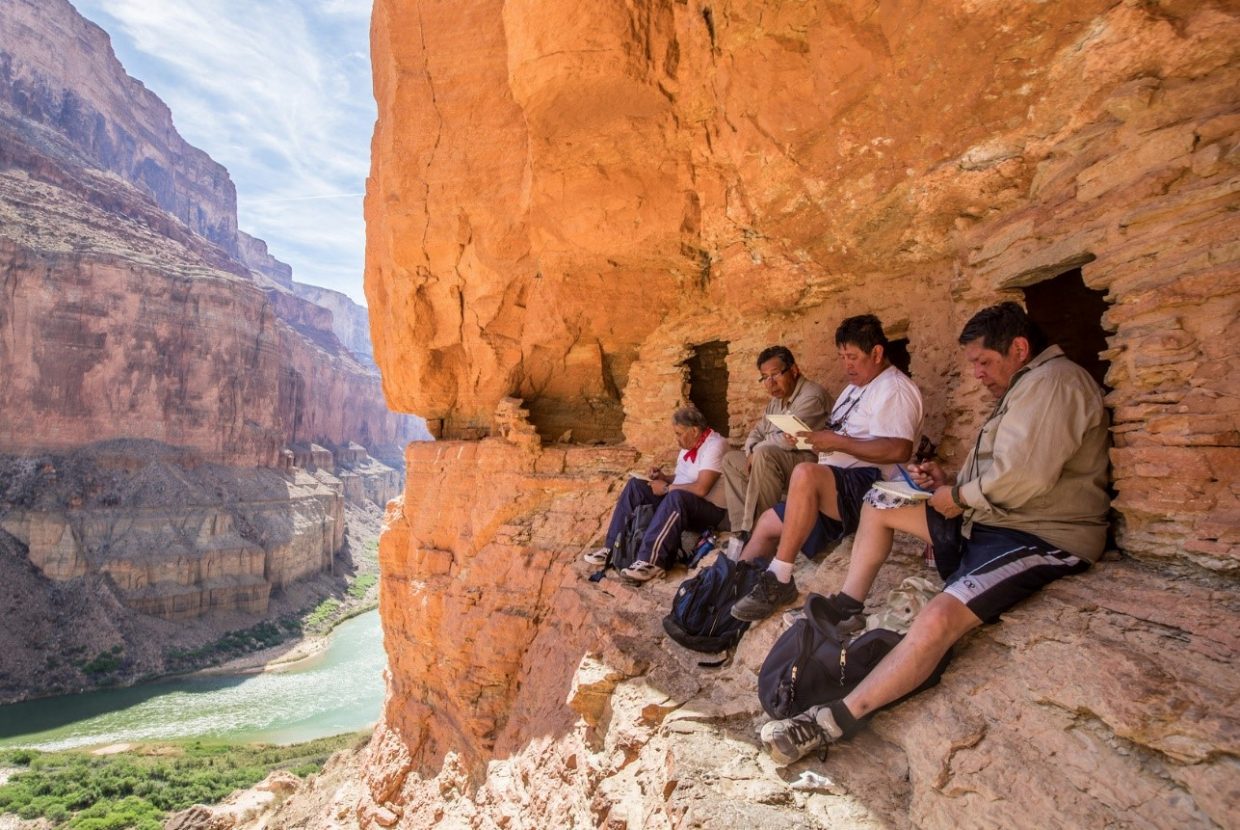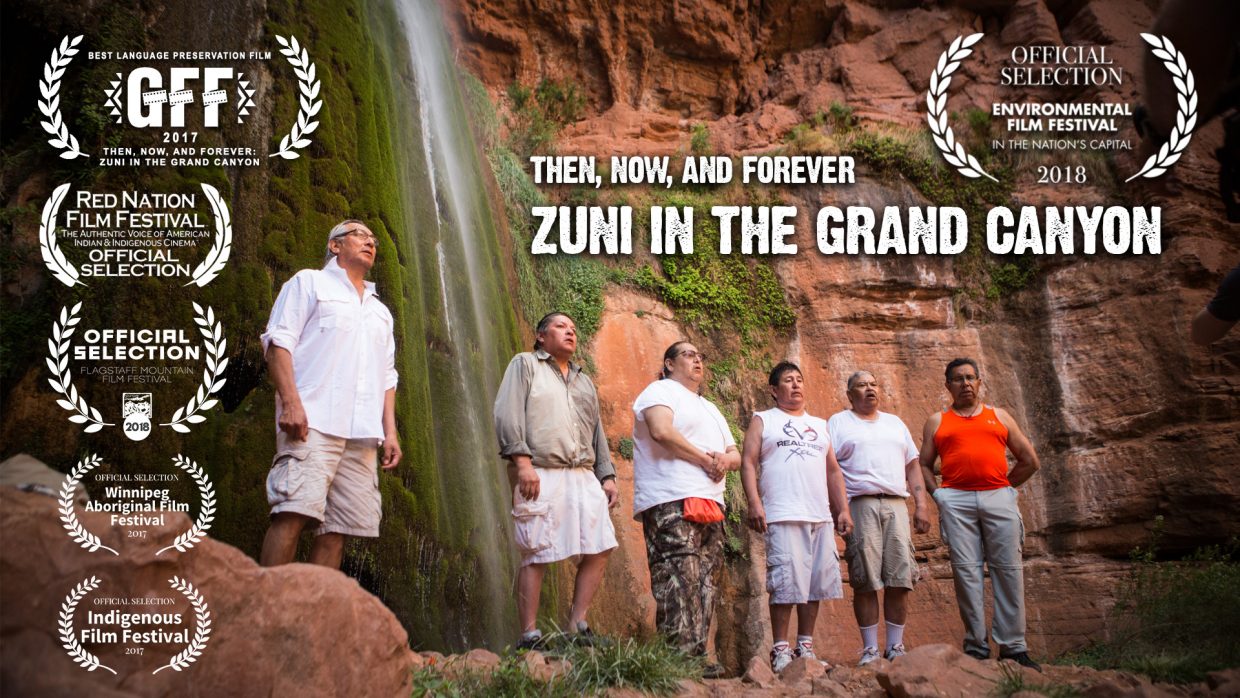Making Mitigation Meaningful to Descendant Communities
“Since the establishment of Grand Canyon National Park in 1919, some stories have been silenced and absented; the many Native American voices that express the sacredness and cultural importance of this place from time immemorial prior to the arrival of Anglo-Americans.”
Whether viewed on paper or digitally or computer or phone, maps born from the Western cartographic tradition are commonly two-dimensional representation of three-dimensional geographic areas widely believed to convey objective and universal knowledge of place. Such maps are intended to orient, guide one from a particular place to another, and assist in ascertaining precise topographical location.
What these maps cannot offer is a memory of what the land was before; maps are not often enough interrogated for the truths they conceal. Such maps thus remain forever silent on communicating where one is from or how one is connected to the land. Maybe, this is because most of us have forgotten (or have never been taught) how to listen to the land, or, more likely, an unintended consequence of active day to day lives that do not permit time for reflection on our relationships with and to the land around us.
Viewing the Grand Canyon as depicted on such maps cannot possibly convey its magnificence, its vastness and complexity, or all the stories embedded in the landscape. The story of the Colorado River’s tenacious determination, over 70 million years, to reach its destination in the Gulf of California. A destination achieved by cutting through multiple layers of rock and exposing 2 billion years of Earth’s geologic antiquity; a history deciphered and told through a scientific lens and voice. The Canyon also holds stories of early Spanish and American explorers, some of whom, like John Wesley Powell, propelled on the back of the river, accomplishing one of the first Anglo-American expedition(s) through the Canyon. Locations, like Separation Canyon, memorialize Powell’s early exploration of the Canyon.
Then, there are stories of politicians and engineers who conceived, designed and built Glen Canyon Dam; altering the movement and intensity of the river which significantly changed the composition of the below dam riverine ecosystem. The riverine ecosystem was transformed from a dry, barren desert landscape routinely scoured by seasonal flooding to a visitor enticing navigable river with a more hospitable riparian environment. Is this really a tribute to human exceptionalism and ability to control the forces of Nature? The conception and construction of the Glen Canyon Dam is likewise deeply entangled in stories of water in the arid West, hydro-electric generation, environmentalism and the imbalanced power geometries associated with federal and state dominance.
Today, many of the stories now told about this place are by international and nationwide tourists who relate experiences of having hiked, rafted, or just looked over the edge into this grand abyss. Since the establishment of Grand Canyon National Park in 1919, some stories have been silenced and absented; the many Native American voices that express the sacredness and cultural importance of this place from time immemorial prior to the arrival of Anglo-Americans. Correspondingly, the tragic stories of tribal disassociation, displacement, and disenfranchisement from this sacred place have been muted as a result of colonial violence, unilateral decisions by the federal government, and the failed promises of federal regulation.

For the Zuni people, the Grand Canyon is the place of emergence into this world, the place where the journey to find Idiwan’a – the Middle Place began. It figures prominently in Zuni cultural belief and identity. Historically and today, Zuni people sent daily offerings and prayers to the Grand Canyon facilitated by the umbilical connection created by the Zuni River’s confluence with the Little Colorado River and its confluence with the Colorado River in Grand Canyon. Recently, the Zuni relationship to the Grand Canyon and Colorado River has gained a public voice through the development of a video expressing, through moving pictures and moving narratives, the power of this sacred place.
The Zuni produced film is titled, Lasapdayakya, La’gi, E Sha Małdeh A:Shiwi Lak Chimikyanakyadaya:Ah: Then, Now, and Forever: Zuni in the Grand Canyon, it expresses the Zuni deep time and deep space importance of this sacred geography and the ongoing cultural and spiritual connections to the Grand Canyon and Colorado River that they rely upon for their unique identity as A:Shiwi, the Zuni people.

Kurt E. Dongoske is the Tribal Historic Preservation Officer for the Pueblo of Zuni and the Principal Investigator for the Zuni Cultural Resource Enterprise.
Daniel Byers is the Director of the award-winning documentary film studio Skyship Films, telling environmental, wildlife, and native culture stories from around the world.
Read the article ‘Making Mitigation Meaningful to Descendant Communities: An Example from Zuni‘ for free.






